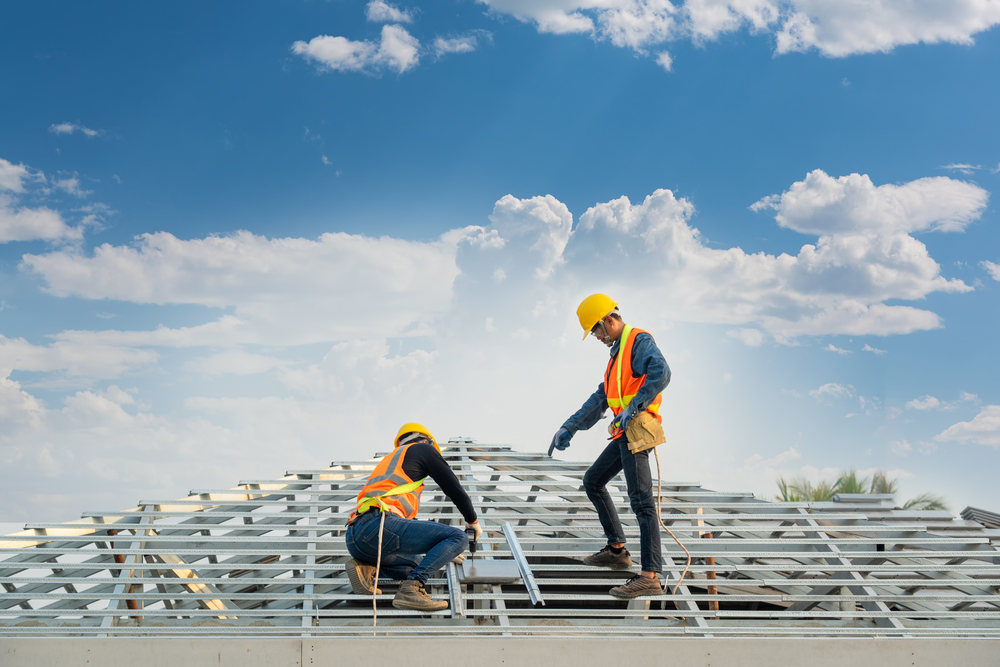Introduction
Ever wondered why some buildings look like they’re wearing designer outfits while others resemble a bad DIY project? The secret lies in the materials used in facades! Unfortunately, many builders still think “plywood chic” is a thing. But fear not! This article will unveil the fabulous world of facade materials that can elevate any structure from drab to fab. Stick around to discover how the right choices can turn your building into the talk of the town—without breaking the bank!
Materials Used in Facades
When it comes to facades, the materials you choose can make or break your building’s aesthetic and functional appeal. Here’s a rundown of some popular materials that can elevate your facade game:
Glass Facades
Glass facades are popular for their modern look and ability to let natural light into buildings. Types of glass used include tempered glass, laminated glass, and insulated glass units (IGUs). Glass facades offer benefits such as enhanced natural lighting and aesthetic appeal, but they can pose challenges like thermal performance and privacy concerns.
Concrete Facades
Concrete is a versatile material used in facades due to its strength and durability. There are various types of concrete such as precast concrete and reinforced concrete. Concrete facades provide excellent insulation properties, helping to maintain stable indoor temperatures.
Wood Facades
Wood is valued for its natural beauty and sustainability. Common wood types used include cedar, pine, and oak. Wood facades offer aesthetic and environmental benefits but require regular maintenance to protect against weathering and pests.
Metal Facades
Metal facades use materials such as aluminum, steel, and copper. These materials are known for their durability and weather resistance. Metal facades can be cost-effective in the long run due to their low maintenance needs.
Stone Facades
Stone facades have been used historically and continue to be popular for their timeless appeal and durability. Types of stone used include granite, limestone, and marble. Stone facades offer excellent thermal and acoustic properties, making them ideal for various climates.
Brick Facades
Brick is a traditional exterior facade material known for its strength and durability, making it an excellent choice for enhancing the visual appeal and longevity of a building.
Ceramic Facades
Ceramic materials used in facades include porcelain and terracotta. These materials are valued for their aesthetic versatility and durability. Ceramic facades are resistant to weathering and can enhance the visual appeal of buildings.
Green and Sustainable Materials
Sustainable facade materials include bamboo, recycled plastics, and eco-friendly composites. These materials reduce the environmental impact of construction and promote sustainable building practices. Examples of buildings using sustainable facades showcase the benefits in energy efficiency and reduced carbon footprints.
Composite Materials
Composite materials combine different substances to create products with superior properties. Examples include fiber-reinforced polymers (FRPs) and wood-plastic composites. These materials offer advantages like increased strength, lighter weight, and resistance to corrosion, making them ideal for modern architectural applications.
Innovations in Facade Materials
Recent innovations in facade materials include smart glass, which can change its properties based on external conditions, and photovoltaic facades that generate electricity from sunlight. Self-cleaning materials reduce maintenance needs, enhancing the longevity and performance of building facades.
Energy Efficiency in Facades
Energy-efficient facades incorporate insulation and thermal breaks to reduce energy consumption for heating and cooling. Examples include double-skin facades and high-performance glazing systems. These designs can significantly lower energy bills and improve indoor comfort.
Acoustic Properties of Facade Materials
Sound insulation is crucial for buildings in noisy environments. Materials like acoustic panels and high-density concrete can help reduce noise transmission. Designing facades with acoustic properties in mind ensures a quieter and more comfortable indoor environment.
Weather Resistance
The choice of facade materials can affect a building’s ability to withstand various weather conditions. Protective coatings and treatments can enhance the weather resistance of materials like wood and metal. Case studies of buildings in extreme climates highlight effective strategies for weatherproof facades.
Aesthetic Considerations
Facade materials play a significant role in a building’s visual appeal. Design trends emphasize the use of color, texture, and pattern to create unique and attractive facades. Integrating facade materials with the surrounding environment can enhance the overall aesthetic harmony of the area.
Cost Analysis of Different Facade Materials
The cost of facade materials includes both initial expenses and long-term maintenance costs. While materials like glass and metal may have higher upfront costs, they can offer better durability and lower maintenance. A comprehensive cost analysis helps in choosing the most cost-effective material for each project.
Environmental Impact
The environmental impact of facade materials is assessed through life cycle assessment (LCA). Materials like recycled steel and bamboo have lower environmental impacts compared to traditional options. Incorporating low-impact materials in construction contributes to sustainable building practices.
Future Trends in Facade Materials
Emerging technologies and materials are set to revolutionize facade design. Trends include the use of biomimetic materials that mimic natural processes and responsive facades that adapt to environmental conditions. These innovations will shape the future of architectural design and construction.
Conclusion
The choice of facade materials significantly impacts the performance and aesthetics of a building. By understanding the properties and benefits of different materials, architects and builders can make informed decisions that enhance the functionality, sustainability, and visual appeal of their projects. The future of facade materials looks promising, with ongoing innovations driving the industry forward.


Leave a Reply